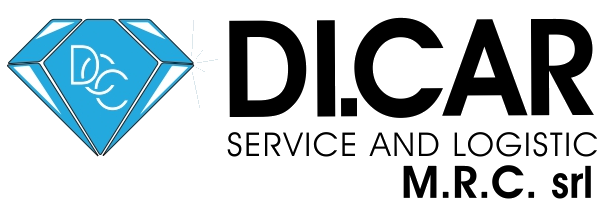Halfway House vs Sober Living: How Are They Different?
Febbraio 3, 2021Content
They also provide the same types of services most sober homes do, such as helping you to make it to 12-step meetings and teaching you life skills. Halfway houses for people without homes are designed for the general population, but the programs may be capable of helping
people in recovery from
substance abuse issues. They provide the support systems necessary for individuals to reconnect with their community
and locate resources that help them find purpose. Sober living houses are places where people battling with addiction can reside in an alcohol and drug-free environment.
- Initially, they were designed to help an offender “get back on their feet,” and were generally funded in benevolent ways by non-profit organizations like the Salvation Army.
- It is essential that each resident entering a sober living home has an adequate mental and physical health evaluation to guarantee that the individual is equipped to live independently and safely.
- U.S. prison policy defines federally-sponsored halfway houses as Residential Reentry Centers (RRCs).
- A recovery housing model gives inhabitants the opportunity to get and give support from their peers and leaders in the community.
- Sober living homes can be found in almost every neighborhood and every state.
- A destructive living environment derails recovery for even highly motivated individuals.
There are several types of recovery residences, the most common being a peer-run organization. These are typically located in single-family homes in stable communities whose residents hold each other accountable and promise to not use drugs or alcohol. A monitored location is one step up and has a house manager present who sets rules and procedures and holds individuals accountable. These can be slightly larger and are sometimes in apartment complexes.
In Network Providers
This is mostly due to the fact that halfway houses require you to remain sober while you live there. Therefore, people who already have some level of sobriety under their belt are more likely to succeed at a halfway house than those who are new to recovery. These developments might have been expected to be the death knell for the halfway house movement.
And with that, there are two models of halfway houses you should know—those that are for-profit and those fully funded by the government. In the US, most halfway houses are privately-owned and halfway house activity could either be for-profit or non-profit. For-profit homes make money from their operations, while non-profit homes don’t receive profit; funding is required to keep operations running.
Programming integrity
However, most halfway houses fall somewhere in the middle of these two continuums. In addition to halfway houses, a transitional housing continuum can also offer more granular support through the use of quarter houses and three-quarter houses. Note, these terms are also loosely used, meaning it is important to ask more questions to understand what type of housing and support services are being provided. One of the most significant benefits of a halfway house is living with those who will help motivate you to achieve recovery. These other individuals also help you learn other ways to occupy your time and teach you better social interaction skills while also providing employment and life skills. Overall, a halfway house is designed to help you transition back to your previous life without using drugs or alcohol and make a smooth transition.

Our free email newsletter offers guidance from top addiction specialists, inspiring sobriety stories, and practical recovery tips to help you or a loved one keep coming back and staying sober. Chris Carberg is a visionary digital entrepreneur, the founder of AddictionHelp.com, and a long-time recovering addict from prescription opioids, sedatives, and alcohol. Over the past 15 years, Chris has worked as a tireless advocate for addicts and their loved ones while becoming a sought-after digital entrepreneur.
Sober Living Program in Los Angeles, CA
The term halfway house refers to facilities that differ in function and purpose. Three-quarter houses are for people who have demonstrated continued sobriety for an extended period of time https://ecosoberhouse.com/ and are almost ready for independent living. Basically, when you live in a three-quarter house, you still have the support of a sober living community, but you are on your own schedule.
- Sober living houses are places where people battling with addiction can reside in an alcohol and drug-free environment.
- Halfway house staff helps recovering addicts and former inmates reintegrate back into society while living in a controlled environment.
- Drug Rehab Services understands how difficult transitioning back to daily life after drug rehab can be.
- Our free email newsletter offers guidance from top addiction specialists, inspiring sobriety stories, and practical recovery tips to help you or a loved one keep coming back and staying sober.
- The term ‘”halfway”‘ implies that the house is a stopping point or a respite on the journey to healing.
In the late 1940s, as the Alcoholics Anonymous movement took off, members looked for ways to build truly sober communities of peers. Since they all agreed to the rules before moving in, explanations would be reduced, and everyone would get along. Continue reading to learn more about these recovery programs, how they’re similar and how they’re different, and where you can find help for you or a loved one.





